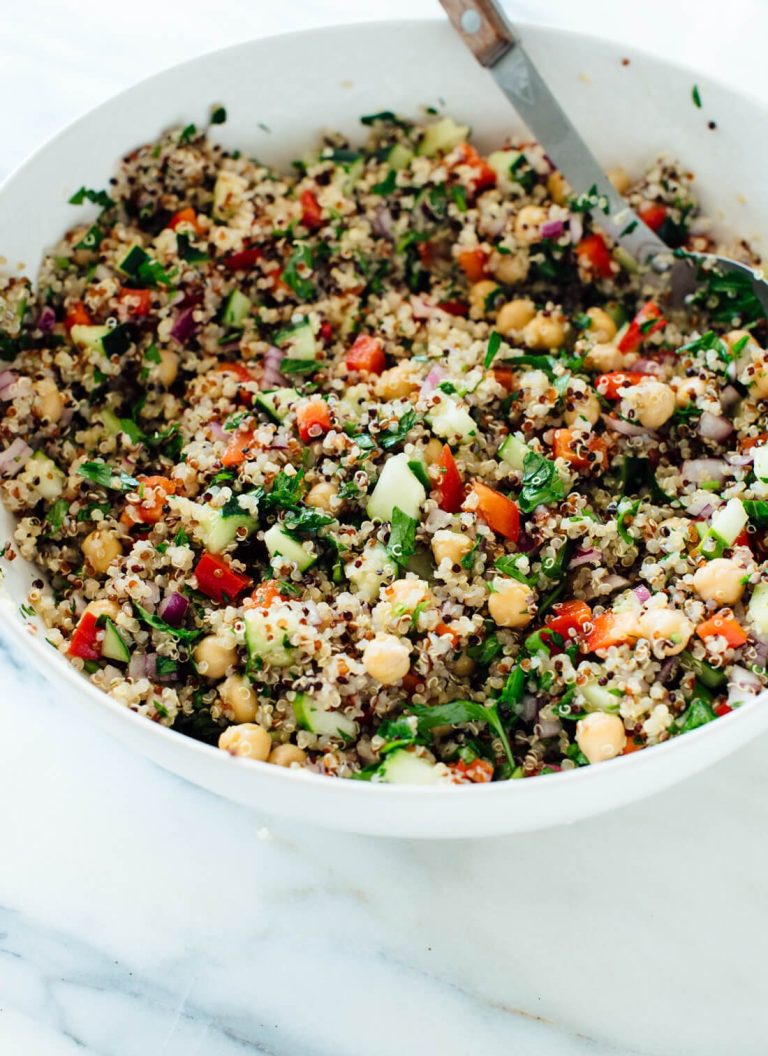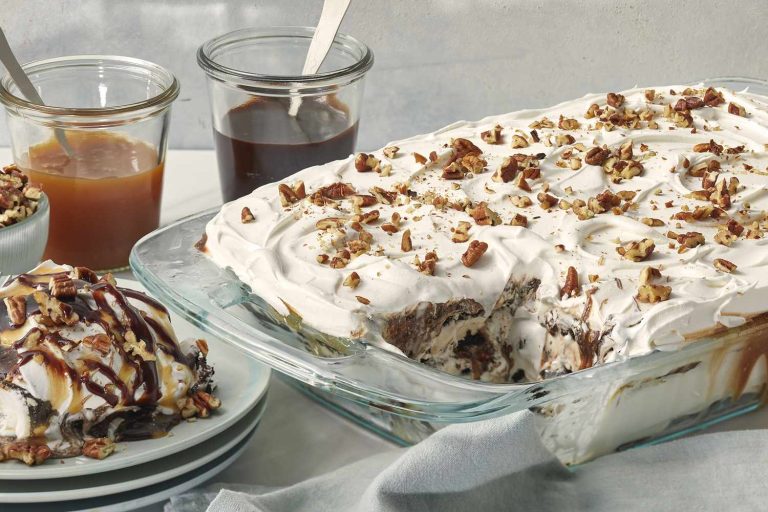Raspberry and Almond Shortbread Thumbprints: A Delicious Scandinavian Tradition
Raspberry and almond shortbread thumbprints have deep roots in traditional European baking. These enticing cookies, often found in the culinary histories of Scandinavian countries, combine simple ingredients with skilled baking techniques. Originating in Sweden and Denmark, the thumbprint cookie or “hallongrotta” (Swedish for “raspberry cave”) showcases rustic and homestyle baking.
Almond flavoring, a staple in European desserts, enhances the cookie’s delicate taste profile. Scandinavian bakers historically used almond extracts and ground almonds in various treats. The inclusion of raspberry jam in these cookies, typically homemade, reflects the region’s abundant berry harvests in summer months. This synergy between almonds and raspberries embodies Scandinavian culinary traditions, valuing both simplicity and quality in their revered recipes.
Incorporating these elements into a shortbread base offers a delightful contrast between the buttery richness of the dough and the tart sweetness of raspberry jam. As these recipes traveled across Europe and beyond, they carried the essence of their origin, becoming popular in many households for their unique flavor and beautiful presentation.
Today, raspberry and almond shortbread thumbprints maintain their charm as a beloved treat in both traditional and modern baking. The cookies’ heritage connects contemporary bakers to a lineage of European bakers who valued the harmony of flavors and textures, making these cookies timeless and universally cherished.
Key Ingredients and Substitutions
Understanding the Role of Each Ingredient
Butter provides the rich, creamy base for the shortbread, creating its classic buttery texture. Use unsalted butter for control over the cookie’s sodium level.
Sugar is essential for sweetness and aids in achieving the cookie’s crisp texture when baked. Granulated sugar is typically used, but powdered sugar can yield a more tender cookie if preferred.
Flour is foundational, giving structure to the dough. All-purpose flour delivers excellent results by achieving the right balance between softness and firmness.
Almond extract adds a distinct, nutty flavor that perfectly complements the raspberry jam. This enhances the overall taste profile, making the cookies more flavorful.
Raspberry jam offers a tart and sweet contrast to the buttery shortbread. High-quality, seedless raspberry jam ensures a smooth filling that contrasts well with the crumbly cookie.
Salt balances the flavors of the cookie, enhancing both the sweetness and the almond undertones. Just a pinch is usually enough to achieve this effect.
Alternative Ingredients for Dietary Restrictions
Vegan Butter can replace traditional butter if you’re adhering to a vegan diet. Brands like Earth Balance or Miyoko’s Creamery provide alternatives suitable for baking.
Coconut Sugar serves as a natural alternative to granulated sugar. It adds a slight caramel flavor while maintaining the desired sweetness.
Gluten-Free Flour blends offer a solution for those with gluten intolerance. Make sure to choose a blend specifically designed for baking to ensure the correct consistency.
Almond Flour can substitute for all-purpose flour if you need a gluten-free and low-carb option, although the texture may differ slightly.
Almond or Vanilla Extract is available in alcohol-free versions suitable for those with specific dietary restrictions. Ensure the extract is of high quality for the best flavor.
Fruit Spread made with natural fruit sweeteners can replace standard raspberry jam for a lower-sugar option. Look for spreads labeled “no added sugar” or “100% fruit.”
These ingredient choices ensure you can enjoy raspberry and almond shortbread thumbprints while accommodating various dietary needs.
Step-by-Step Baking Process
Preparing the Dough
Mix butter and sugar together until creamy. Use an electric mixer for consistent results. Gradually add flour and almond extract, continuing to mix until a dough forms. If substituting ingredients, ensure they blend well to maintain texture. For vegan options, substitute butter with vegan butter and use coconut sugar in place of regular sugar. Shape the dough into 1-inch balls, preparing about 24 per batch. Place the balls on a parchment-lined baking sheet.
Adding the Raspberry and Almond Filling
Using your thumb, press a small indentation into the center of each dough ball. This is where you’ll add the filling. Fill each indentation with about half a teaspoon of raspberry jam. Avoid overfilling to prevent overflow during baking. Sprinkle ground almonds over the filled cookies for an additional almond flavor. If using alternative ingredients, opt for fruit spreads as a substitute for raspberry jam and finely ground almond flour. Bake in a preheated oven at 350°F for 15-18 minutes, until the edges turn golden brown. Allow cookies to cool on a wire rack before serving.
Tips for Perfect Raspberry And Almond Shortbread Thumbprints
Achieving the Right Consistency
Achieve the perfect dough consistency by balancing your ingredients. Use room temperature butter to ensure smooth mixing with sugar, creating a creamy base. Overworking the dough toughens the cookies; mix just until the ingredients combine. If the dough feels crumbly, add a teaspoon of milk, but not too much, to maintain its structure. Chilling the dough for 30 minutes helps control spreading during baking.
Tricks to Enhance Flavor
Enhance the cookies’ flavor by toasting the almonds. Toasted almonds offer a robust nutty flavor and add texture. Incorporate high-quality almond extract for a more aromatic profile. Use real raspberry jam for the filling, as its tartness complements the sweet shortbread. For additional zest, add a small amount of lemon or orange zest to the dough. Dust the finished cookies with powdered sugar for a touch of sweetness.
Presentation and Storage Ideas
Creative Ways to Present Your Thumbprints
Enhance your raspberry and almond shortbread thumbprints with visually appealing presentations. Arrange cookies in a circular pattern on a ceramic plate, creating a floral effect. Use a doily underneath for an added touch of elegance. Place individual cookies in decorative paper liners for a festive feel, ideal for parties or gatherings. Display cookies on tiered trays to add dimension and visual interest. Use seasonal garnishes like fresh raspberries or mint leaves to accentuate the colors and flavors. For gift-giving, place thumbprints in clear cellophane bags tied with a ribbon, adding a personal touch that recipients will appreciate.
Best Practices for Storing
Ensure the freshness of your raspberry and almond shortbread thumbprints by following these storage tips. Store cookies in an airtight container to prevent them from becoming stale. Separate layers with parchment paper to maintain texture and prevent sticking. Keep cookies at room temperature for up to one week for optimal flavor. For longer storage, freeze cookies in a single layer on a baking sheet before transferring to a freezer bag; they will stay fresh for up to three months. Thaw frozen cookies at room temperature before serving to restore their delicious texture and taste.
Conclusion
Raspberry and almond shortbread thumbprints are a delightful nod to European baking traditions, offering a blend of simplicity and rich flavors. They’re perfect for any occasion, whether you’re hosting a gathering or simply indulging your sweet tooth. With the right ingredients and a few helpful tips, you can create these charming cookies that are as beautiful as they are delicious. Don’t forget to store them properly to maintain their freshness and enjoy them over time. Happy baking!






